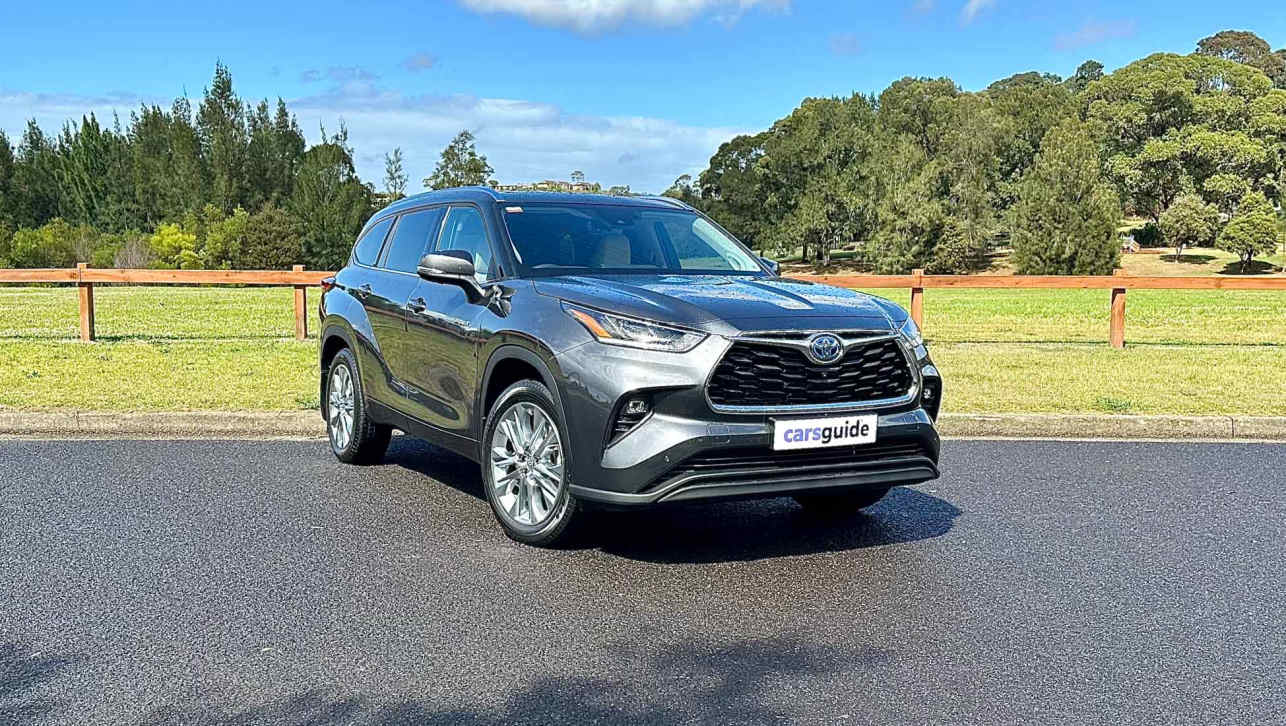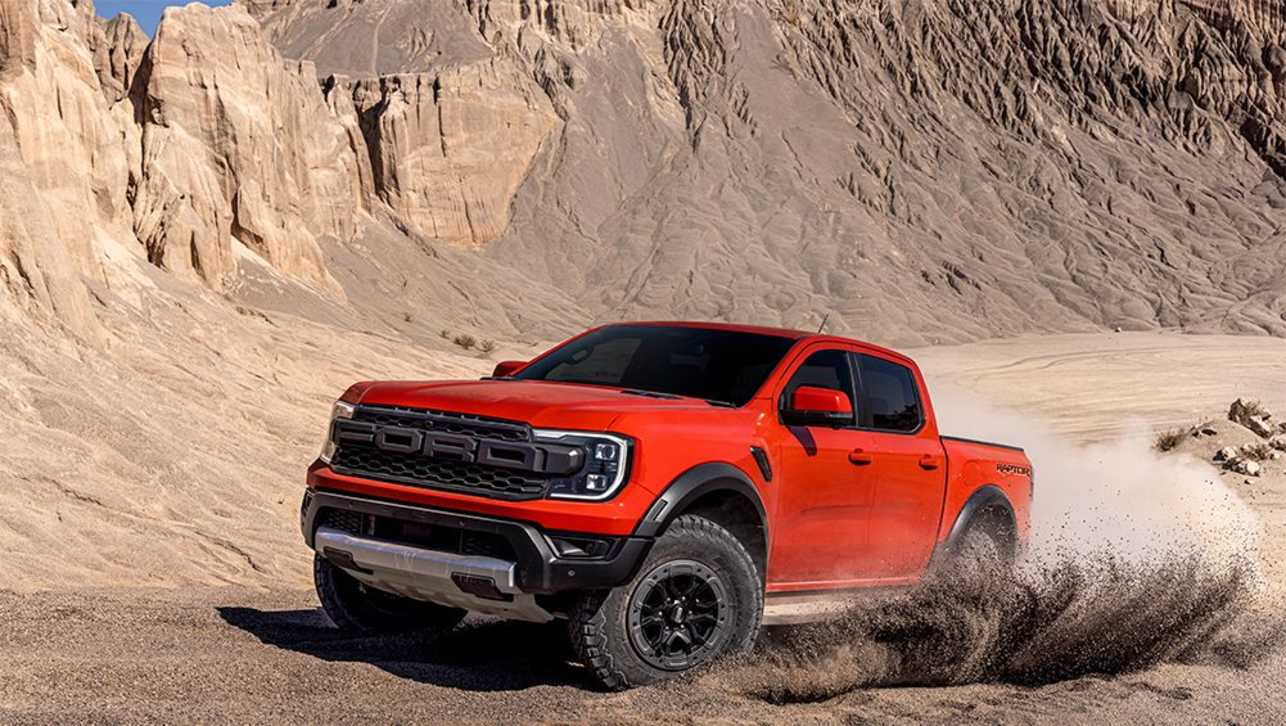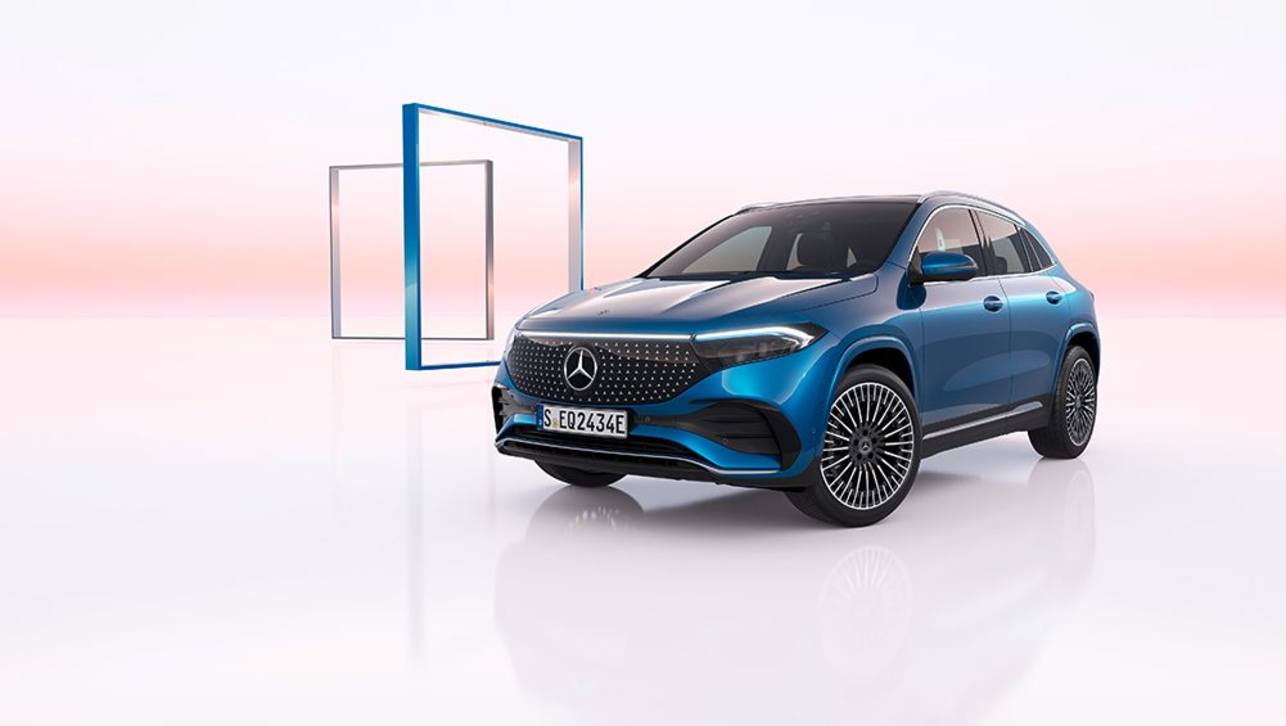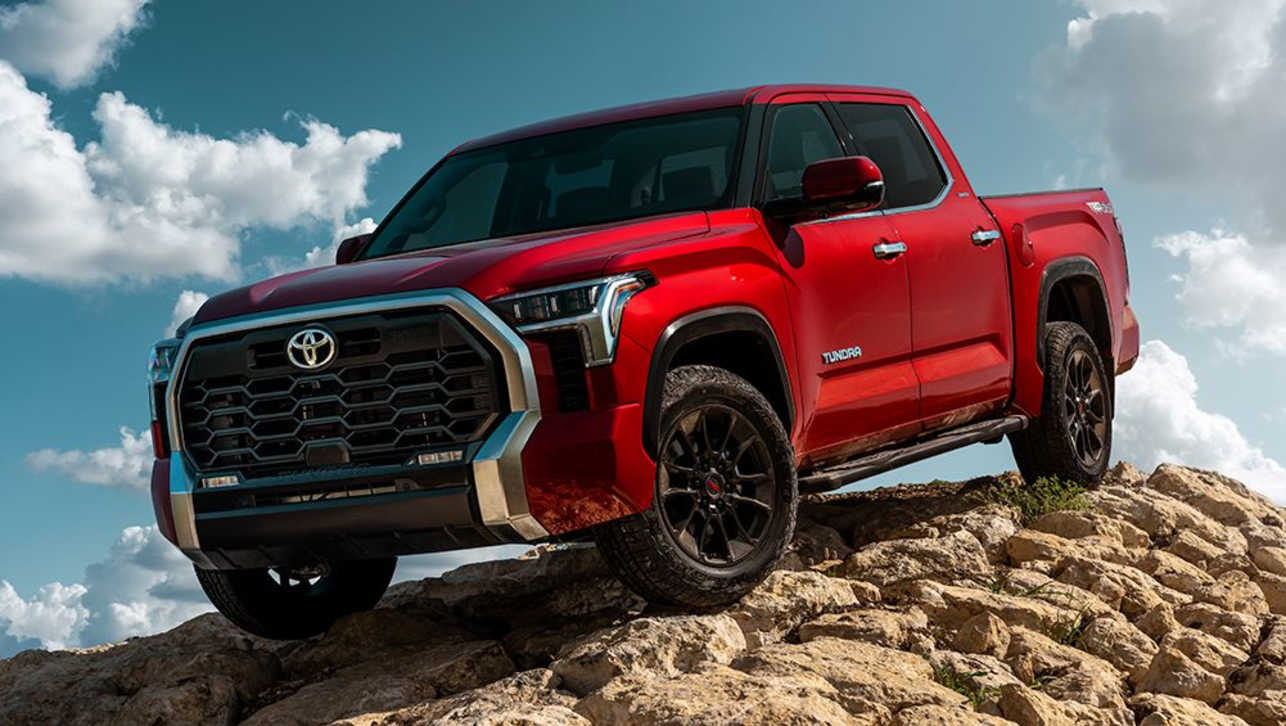Prime minister Scott Morrison’s claims that electric vehicles “won't tow your trailer. It's not going to tow your boat. It's not going to get you out to your favourite camping spot with your family” back in the 2019 election campaign haven’t aged well.
Putting aside the fact that it wasn’t accurate at the time, sitting here in 2021, we’re on the brink of an electric vehicle (EV) revolution, which will be led by utes that can both tow and go camping. In fact, electric utes could make towing and camping even easier, at least based on what we’ve seen so far.
This new wave of load-lugging EVs has been led by the US brands, with Ford, Chevrolet and Ram all confirmed to have electric versions of their most popular pick-ups coming by the middle of the decade. Then there will be new players from Tesla and Rivian that promise to offer something different.
Here are some of the electric utes the prime minister and others could soon be able to enjoy - either towing or camping.
Ford F-150 Lightning

The best-selling ute in the world is now electric, and it’s likely to be the first to market, at least in its native USA. Ford has reportedly received more than 100,000 reservations for the new EV, and it’s easy to understand why it’s popular.
It’s powered by a dual-motor, all-wheel-drive powertrain and available in two specifications, a standard model with 318kW of power and 370km of range, or the extended range with 483km between charging and a more powerful 420kW/1051Nm powertrain. With so much power and torque, Ford claims the big pick-up can run 0-100km/h in “the mid-four-second range.”
Importantly, it has a braked towing capacity of a whopping 4536kg (that’s a big boat, prime minister) and has a payload of 907kg. It also has a 400-litre storage space under the bonnet (where the engine typically would be) and has several power outlets that can be used for tools or camping equipment.
Unfortunately, Ford Australia hasn’t indicated it will offer the Lightning here, even though it has previously expressed interest in the F-150.
Tesla Cybertruck
_0.jpg)
While the F-150 Lightning is an electric version of an existing and already popular pick-up, Tesla has gone for a radically different approach with its Cybertruck. As the name implies, this is meant to be a modern take on the genre, with its angular ‘cyber punk’ look.
The American brand claims the tri-motor, all-wheel-drive flagship model will be able to run 0-60mph (97km/h) in a supercar-like 2.9 seconds. There are also plans for both dual-motor/AWD and single-motor/RWD versions.
The Cybertruck was originally meant to go on sale in the US around now (late 2021), but production has been delayed until 2022, at the earliest. Given Tesla’s presence in the Australian market, it should only be a matter of time before the Cybertruck is available Down Under. It would have to pass local regulations, of course, but you could probably pencil in an on-sale date sometime in 2023.
GMC Hummer

General Motors’ first major commitment to the EV ute market is a revival of the Hummer nameplate, albeit as a model of the GMC brand rather than its own standalone brand. That’s right, the brand once famous for its huge, gas-guzzling off-roaders will lead GM’s electric push.
Revealed late in 2020, it’s due to go on sale in the US by the end of the year and will spin-off an SUV in 2023. It debuts GM’s new Ultium family of electric motors and batteries that can be ‘mixed and matched’ to suit a variety of models across the American giant’s portfolio of brands.
In the Hummer ute, GM will unleash the full power of Ultium, with a tri-motor set-up claimed to be making a whopping 745kW/1400Nm. It will be all-wheel drive to provide suitable off-road performance, plus it will have some unique traits too, like four-wheel steering that will allow it to ‘crabwalk’ and reduce its turning circle.
There’s no word yet if the GM will send the Hummer to Australia, because even though it has only been confirmed for left-hand drive production, the establishment of General Motors Specialty Vehicles (GMSV) to convert selected models to right-hand drive makes it possible.
Chevrolet Silverado EV

While the GMC Hummer is a big deal for General Motors, the July announcement that the Silverado will introduce an electric option is arguably the most important EV for the auto giant. That’s because the Silverado is GM’s best-selling pick-up, and its closest competitor to the Ford F-150, so by introducing an electric version, it opens the EV market up to a huge potential audience.
The Silverado will share the same Ultium platform, powertrain and batteries as the Hummer, which will mean similar performance and capabilities between the pair. Chevrolet has confirmed the 800-volt battery technology will support 350kW DC fast charging and give the Silverado a driving range of 644km - beating the F-150 Lightning.
Like the Hummer, there’s no word yet if we’ll get the left-hand-drive Silverado EV in Australia. Given GMSV’s focus on the internal-combustion Silverado - and its mission to sell profitable, low-volume vehicles like the Chevrolet Corvette - it wouldn’t be surprising if this is added to the range as the acceptance and demand for electric utes grows.
Ram Dakota and Ram 1500

Unsurprisingly, with both of its closest rivals committed to an EV pick-up, Ram has followed suit. But it hasn’t just confirmed one EV ute, but a pair.
Now under the control of Stellantis management (a merger between France’s PSA Group and Fiat-Chrysler) Ram will introduce an electric 1500 in 2024 as well as an all-new mid-size ute, tipped to wear the Dakota badge.
Ram will utilise a new Stellantis-developed EV platform for body-on-frame SUVs and utes to create an electric version of its big-selling 1500. It will be equipped with an 800-volt electrical system for rapid charging and a theoretical range of up to 800km. Stellantis has also confirmed it will have an electric motor capable of making up to 330kW, which means with a tri-motor set-up the Ram 1500 could be making 990kW; at least theoretically.
The new Dakota will expand Ram’s line-up and give it a rival to the likes of the Toyota HiLux and Ford Ranger. This will be based on Stellantis’ large vehicle platform, which suggests it will be a monocoque-style ute, rather than a more rugged body-on-frame. But it will be capable of running the same 800-volt electronics and using the same 330kW motors as the 1500.
It’s too early for confirmation that either will be available in Australia, but given Stellantis’ global approach and the seemingly never-ending strength of ute sales, it would seem likely that the Dakota would slot into a future Ram Australia showroom.
Rivian R1T
.jpg)
Like the Tesla Cybertruck, the Rivian R1T takes a different spin on the ute/pick-up. Instead of being a rugged workhorse, the all-new American brand will position its ute as a premium offering, with capability to go anywhere but doing so in comfort and style.
With billions in backing from Amazon and Ford, this start-up brand has been able to make steady progress since unveiling the R1T (and its sibling, the R1S SUV) at the 2018 Los Angeles Motor Show. A major part of the reason it’s taking so long to get to market is Rivian is developing its own electric motors, batteries and platforms.
The company claims the R1T will be capable of crawling up a 100 per cent grade, have 350mm of ground clearance and wade through 900mm of water. Enough capability to take you to your favourite camping spot where, if you’ve ticked the option box, you can pull out the ‘Camp Kitchen’ from the storage tunnel between the tray and bed. This Camp Kitchen has a pair of induction cooktop, a sink and all the equipment and tableware you’ll need to camp (or ‘glamp’) in comfort, which should be news to the prime minister’s ears.
While Rivian has been forced to delay the rollout of the first cars to customers in the US (in large part due to the global semiconductor shortage), first deliveries are still expected by the end of this year. At launch, the R1T will have a 480km range, but by 2022, there will be a long-range option of 640km. After that, a more affordable model with a 400km range is also planned.
The good news is Rivian has confirmed, on multiple occasions, that it will build the R1T in right-hand drive and sees ute-loving Australia as an important market. Exactly when isn’t clear, but it probably won’t be until 2023 - at the earliest - as it looks to fulfil US demand in 2022.







.jpg)
.jpg)
.jpg)

.jpg)



.jpg)
.jpg)


.jpg)

.jpg)

.jpg)
.jpg)
.jpg)




Comments